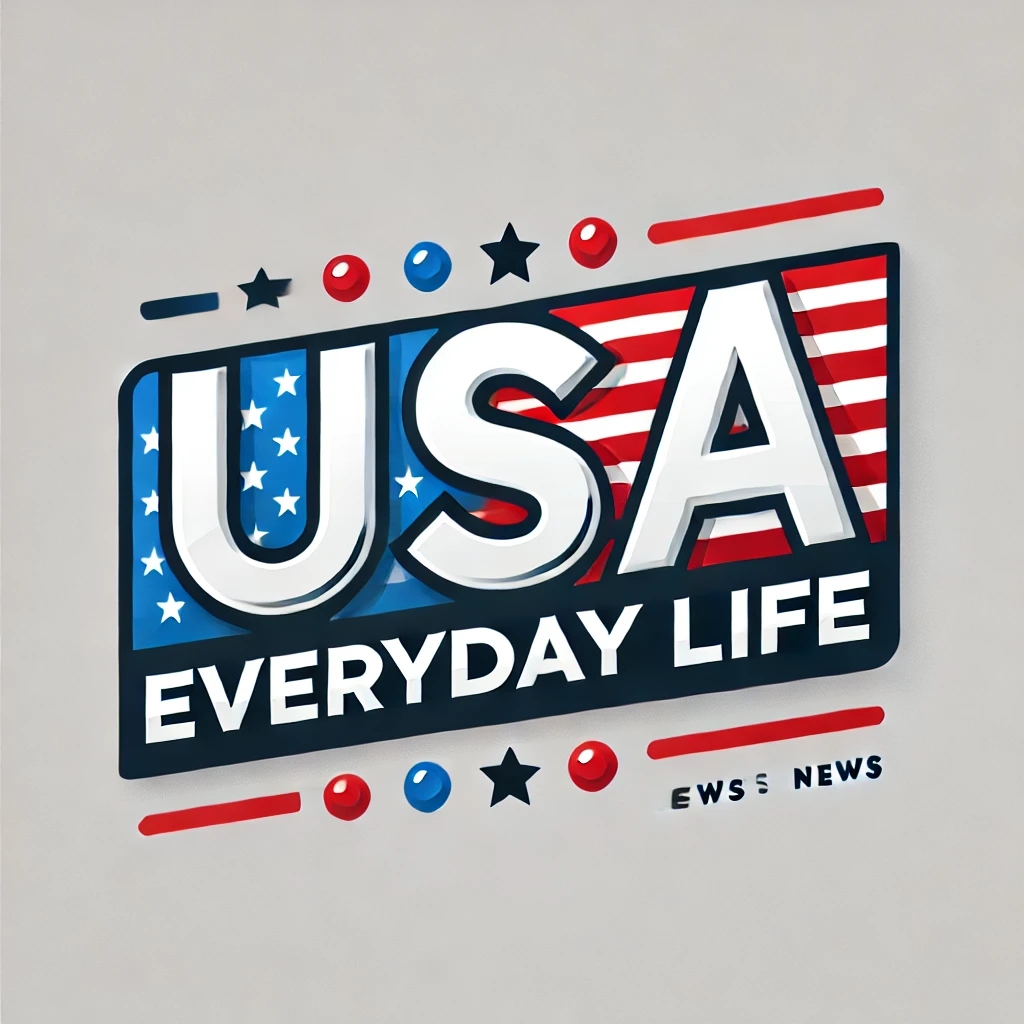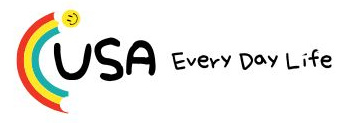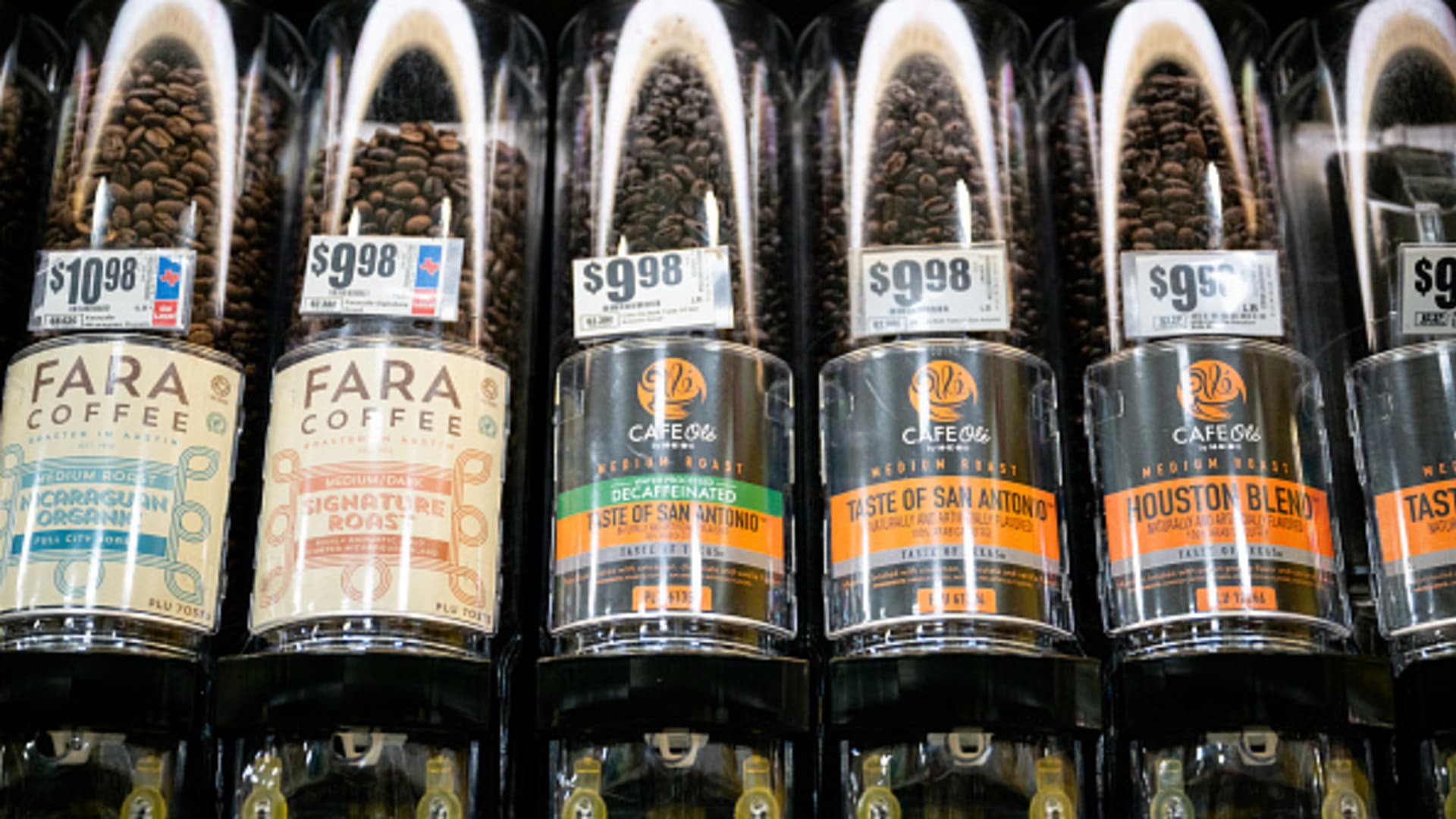A Commerce Department report Friday could tell two important stories: that inflation isn’t going away, and that consumers are taking steps to brace for the coming impact of more price increases courtesy of President Donald Trump ‘s tariffs. Wall Street will give close watch to the double-barreled release from the Bureau of Economic Analysis, which will show the levels of personal income and spending for February, as well as the latest reading on personal consumption expenditures prices. The latter metric is the Federal Reserve’s primary inflation gauge it uses when deciding where to set interest rates . While the inflation part of the release has been garnering more interest for the past few years, the spending portion could become the more interesting aspect in coming months as the tariff impact weaves through the U.S. economy. Worth watching in the February report is whether households moved to get in under the wire before more widespread duties take effect. Spending is projected to increase a solid 0.5% on the month after declining 0.2% in January , according to the Dow Jones consensus forecast. The increase, though, could be more consumers trying to get ahead of the tariffs rather than a secular sign of strength. After all, recent surveys show consumer sentiment at multiyear lows , indicating a looming pullback amid the tariff-induced uncertainty. “Producers and consumers have pulled forward economic activity to avoid potential tariffs, which has skewed hard data and dampened soft sentiment data,” said Joseph Brusuelas, chief economist at tax consultancy RSM. “With another round of tariffs set to take effect on April 2, American households, flush with income gains, may be pulling forward purchases of durables that will see higher prices in the near term.” Recent data lends some credence to the pull-forward narrative. Bank of America credit card monitoring showed spending last week up 1.5% from a year ago. Moreover, the areas that benefited included some tariff-sensitive sectors such as online electronics, which jumped 7.3%, and online retail, which saw a 3.9% gain. Spending for those sectors came at the expense of gasoline (-9.2%), airlines (-7.2%) and entertainment (-6.8%.) The trend is significant as consumer spending accounted for 68% of all economic activity in the U.S. during 2024, a year during which the economy grew at a 2.8% rate compared to the prior year. Inflation, though, also will be on investors’ minds for the Friday release. The data is expected to show little change in the recent pace, with both headline and core rates for the PCE price index rising 0.3% in February and the respective annual rates at 2.5% and 2.7%. If the core forecast is correct, that would represent a 0.1 percentage point gain from January — small, to be sure, but moving in the wrong direction. St. Louis Fed President Alberto Musalem said Tuesday that he’s leery of taking the view that inflation price hikes will be temporary. “The indirect, second-round effects on non-imported goods and services could have a more persistent impact on underlying inflation,” the central bank official said. Markets expect the uncertainty of tariffs and the persistence of inflation will keep the Fed on the sidelines until at least June, with a likelihood of two or three total rate cuts this year. Get Your Ticket to Pro LIVE Join us at the New York Stock Exchange! Uncertain markets? Gain an edge with CNBC Pro LIVE , an exclusive, inaugural event at the historic New York Stock Exchange. In today’s dynamic financial landscape, access to expert insights is paramount. As a CNBC Pro subscriber, we invite you to join us for our first exclusive, in-person CNBC Pro LIVE event at the iconic NYSE on Thursday, June 12. Join interactive Pro clinics led by our Pros Carter Worth, Dan Niles, and Dan Ives, with a special edition of Pro Talks with Tom Lee. You’ll also get the opportunity to network with CNBC experts, talent and other Pro subscribers during an exciting cocktail hour on the legendary trading floor. Tickets are limited!





